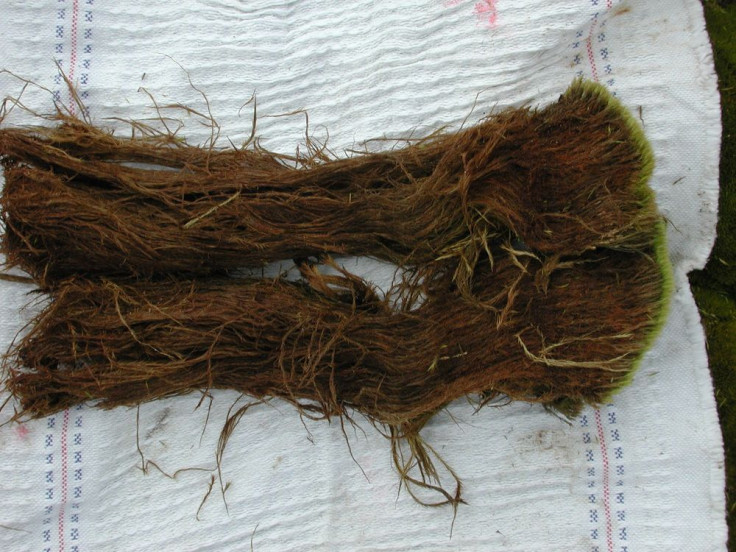Antarctic Moss Gets Revived After 1,500 Years Frozen, Shows ‘Resilience’ Of Primitive Land Plants

Moss frozen in Antarctic permafrost for more than 1,500 years was brought back to life thanks to a team of researchers from the British Antarctic Survey and Reading University in England.
The team was able to regenerate frozen moss samples collected in Antarctica after incubating core samples in a lab that began to grow just after a few weeks. The findings, published in the journal Current Biology, suggest the plant can survive much longer than previously thought.
"It's basically the first record of anything regenerating of that sort of age," Peter Convey, the study’s coauthor, told National Geographic. "There are records of microbes being pulled out of ice cores and permafrost, but nothing that's multicellular has ever been recorded to do it."
Previous studies have observed the long-term survival of bacteria. The latest study is among the first to describe the timescale of a plant. And while mosses are known to be resilient plants capable of surviving for more than 20 years in extreme conditions, researchers did not know they could survive for hundreds of years.
"If they can survive in this way, then recolonization following an ice age, once the ice retreats, would be a lot easier than migrating trans-oceanic distances from warmer regions. It also maintains diversity in an area that would otherwise be wiped clean of life by the ice advance,” Convey said Monday in a statement.
The moss was collected from Signy Island, located about 850 miles southeast of South America's Cape Horn. Researchers collected a 4.5-foot core of moss that was later sliced lengthwise into 8-inch pieces. After being incubated for a few weeks, researchers found the mosses in the specimens’ core began to grow. Researchers then used carbon dating on the brown stems where the new growth began which pegged the plant’s age as at least 1,530 years old.
Moss is an important part of polar ecosystems. Known to dominate over large areas of land, they can store fixed carbon which may mitigate carbon dioxide produced by humans.
"Their study and our study really does talk about the resilience of these primitive land plants and how they are very critical in reviving landscapes," Catherine La Farge from the University of Alberta, who was not involved in the study, said. "They can be revived. They can regenerate. And I think that's really cool."
© Copyright IBTimes 2024. All rights reserved.





















